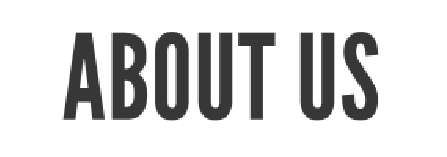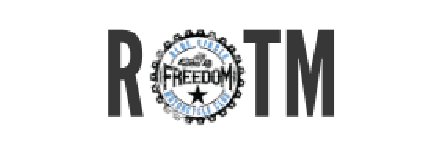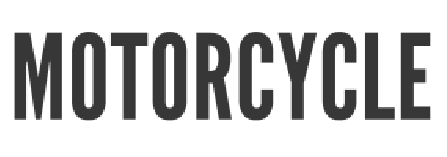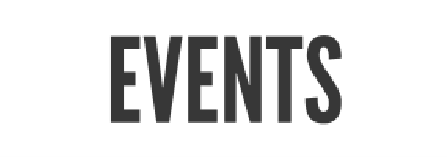If there's one thing that's often misunderstood by many people, it's insurance!
"Don't Let me Be Misunderstood" was a song written for, and originally performed by jazz singer Nina Simone, though most old school music listeners will likely remember it as the huge rock blues hit performed by The Animals in 1965. "But I'm just a soul who's intentions are good, oh lord, please don't let me be misunderstood."Why the song reference, you may ask? Because, if there's one thing that's often misunderstood in my life these days, it's the industry in which I now work.... insurance.
First of all, people seem to view insurance as some sort of an investment rather than as a protective activity. That is one of the biggest and most basic misunderstandings and, as a result, if they haven’t collected on their policy people are upset because they feel that it wasn't a "good deal".
Really, what they should consider is that the best return on an insurance policy is no return at all. No return means no loss, no claim, and no related dangers or hassles associated with the things that may have caused their losses and subsequent claims. The intention is good in that insurance is there for you if there is an accident or incident, but really, the best thing for you is to not have either.
 |
| photo courtesy of Chuck Kirman/ The Star |
Also, there are quite a few terms that seem to confuse some people too.
Many people refer to their brokers as their insurance company and when queried, don't actually know who the actual insurer is and who underwrites their coverage. Considering that insurance is legally required by our government, maybe there should be a course offered in High School, so that young people get a good understanding of how it all works.top 10 misunderstood insurance terms
1. Broker: As your personal insurance expert, an insurance broker works for you. Using their extensive background knowledge and experience, they can help you determine your insurance needs, examine any risk and shop around for the best coverage and price. That's sounds exactly like BlueCircle!!
2. Insurer: The insurer is the insurance company that is responsible for providing the actual insurance coverage being offered. They determine insurance premiums and provide a range of deductible levels for your coverage needs. They also determine the policy coverages and exclusions, as well as handle the claims process.
3. Premium: is the amount you pay monthly or annually for insurance protection. There are several factors that determine your insurance premium including where you live, your age, claims history, driving habits, type and /or value of your vehicle, age, insurance experience, employment, and/or the characteristics of your home.
4. Deductible: is the amount that you, the policyholder, are required to pay out of your own pocket before your insurer will cover the remaining costs of a claim. In some cases, you can increase your deductible to save money on your premiums. Different policies and coverage have different deductibles, so always check with your broker if you are unsure.
5. Sublimit: Your homeowners, condo or tenants insurance policy will have limits on how much reimbursement you will receive from the insurance company if you have a claim. Different claims have different limits. For example, the maximum payout you would receive for sewer backup damage will differ from the amount received for a damaged roof due to a hailstorm. Your specific sublimit will be detailed in your policy documents. To confirm how much coverage is available, read your insurance documents and/or speak to your broker who will explain.
6. Actual Cash Value: or ACV, is the cost of replacing damaged or destroyed property, while factoring in depreciation and obsolescence. For example, a ten year old couch wouldn’t be replaced at current full value due to the decade of depreciation. Other items, such as scheduled antiques or artwork, may actually increase in value over time. To receive full coverage for these items, they may need to be listed specifically in your policy and/or have an appraisal. Speak to your broker about special limits within some policies that offer coverage for jewelry and antiques.
7. Replacement Cost: refers to the cost to replace damaged or destroyed property with an item of similar quality without considering depreciation. Using the example of the ten-year-old couch, a customer with replacement cost protection would be reimbursed the cost of purchasing a brand new couch.
8. Accident Benefits & Liability Coverage: Is mandatory coverage for all vehicle owners in Canada. Accident Benefits and liability insurance provides coverage for any incident involving your vehicle while it is being driven. This includes coverage for medical treatment, income replacement and other benefits to help if you are injured in an accident, as well as if someone takes legal action against you as a result of an accident. It also provides coverage to any property damage caused by the vehicle.
9. Comprehensive Coverage: is car insurance coverage that provides additional protection for your vehicle against damage including break-ins, flood and water damage, fire, vandalism and falling objects. Although it is not required by law, comprehensive coverage may be a good idea depending on what kind of vehicle you drive. If you are driving a leased or financed car, you may be required to purchase this coverage to protect the car owner or lender’s investment.
10. Collision Coverage: is an optional coverage that pays for damage to your vehicle caused by an at fault collision with another vehicle, object (such as a tree, guard rail or debris) or by an upset (roll overs). If you are driving a leased or financed vehicle, you may be required to purchase this coverage to protect the car owner or lender’s investment.








No comments:
Post a Comment